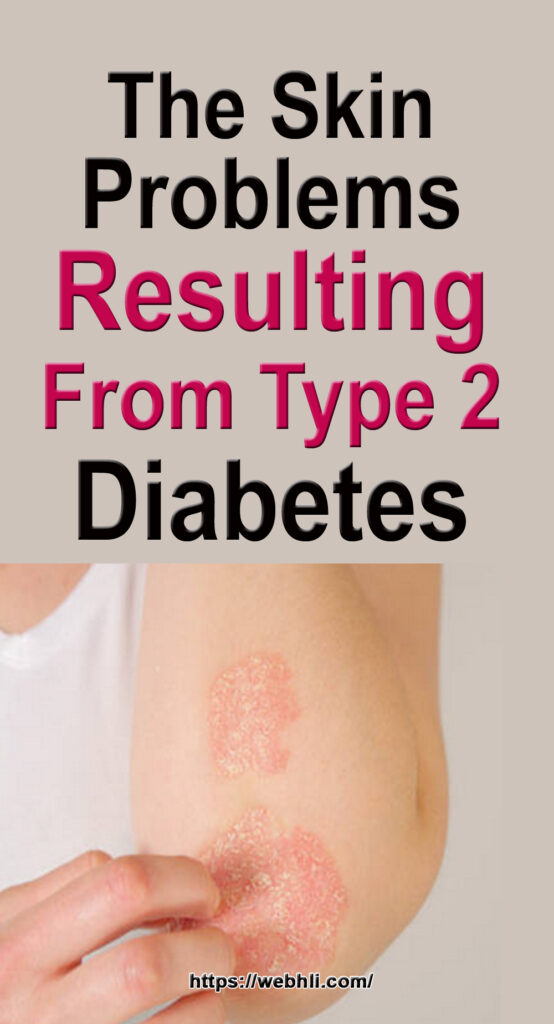
There are two ways in which Type 2 diabetes negatively affects the skin. First, diabetes reduces the water supply of the skin, diminishing its natural moisture. When there is too much blood sugar, the body tends to eliminate it through the kidneys with increased urination. Water is a very important ingredient in making urine and more of it goes to urine production than to the skin and other organs that need it. Reduced skin moisture can lead to skin cracks, increasing the chances of infectious microorganisms to enter the skin. Second, too much sugar in the blood creates a breeding ground for sugar-loving bacteria and fungi.
Check out these related articles, too:
How To Stop Diabetes From Stealing Your Vision!
Diabetes Natural Home Remedies – Worth a Try?
Can Magnesium Prevent Diabetes?
Zinc Shown to Promote Insulin Production In Diabetics
Prevent Side Effects From Diabetes Drugs
Why You Should Stop Taking Drugs for Your Diabetes
What Does It Mean To “Reverse Diabetes?”
Minerals That Lower Blood Glucose
Some of the skin health problems can be acquired by anyone, but diabetics are more prone to getting them. On the other hand, there are also skin conditions which exclusively affect people with diabetes. Listed below are the common skin problems resulting from Type 2 diabetes.
- Bacterial infections. Sties, carbuncles, folliculitis, boils, and nail infections are the most common bacterial infections associated with diabetes. The most common causative agent of these infections is the staphylococcus bacteria.
- Fungal infections. Typical fungal infections include Athlete's foot, jock itch, ringworm, and vaginal infections. These infections usually affect the folds of the skin which are often moist and warm. Commonly, the culprit is the fungus candida albicans.
- Diabetic dermopathy. Skin of diabetics with this condition has oval or circular light brown scaly patches. Diabetic dermopathy is caused by damages to the blood vessels due to the elevation in blood sugar.
- Scleroderma diabeticorum. This is a rare skin problem characterized by the thickening of the skin at the back of the neck and the upper back. Scleroderma diabeticorum is best-managed by controlling blood sugar levels. Lotions and moisturizers can also help soften the skin.
- Necrobiosis lipoidica diabeticorum (NLD). This is a more severe form of diabetic dermopathy, wherein the patches are bigger, deeper, and can lead to sores. NLD is more common in diabetic women. Treatment becomes necessary when the sores break open.
- Bullosis Diabeticorum. Also known as diabetic blisters, which often affects the fingers, hands, forearms, toes, feet, and legs. The blisters are painless, because patients with diabetic blisters also have diabetic neuropathy. The only way to treat bullosis diabeticorum is to normalize blood sugar.
- Acanthosis Nigricans. It is manifested by elevated brown areas in the armpits, groin, and the sides of the neck. Acanthosis nigricans is related to obesity and losing weight is the best way to manage it.
Skin care is very important for everyone, but it is more important for patients with Type 2 diabetes. The skin's natural ability to protect the underlying tissues and organs become compromised due to the abnormal increase in blood glucose. Maintaining your blood sugar levels within normal limits is the best way to prevent and cure these skin conditions related to Type 2 diabetes.
Dr. Gerry Hinley, D.C. believes Chiropractic's philosophy that teaches a person could heal from within, without drugs, surgery or their harmful side effects. Dr. Hinley opened Integrative Physical Medicine of Chicago [http://www.integrativephysicalmed.com/] and has been making changes in peoples lives by helping them overcome and in many cases reverse type 2 diabetes [http://www.integrativephysicalmed.com/type2diabetes/index.html].
Article Source: http://EzineArticles.com/6965576

 Protected by Patchstack
Protected by Patchstack